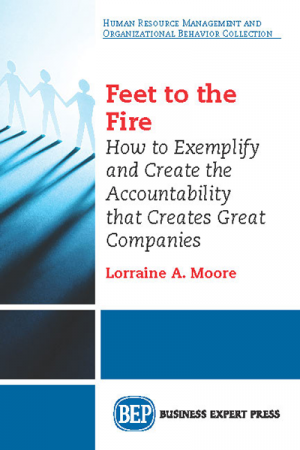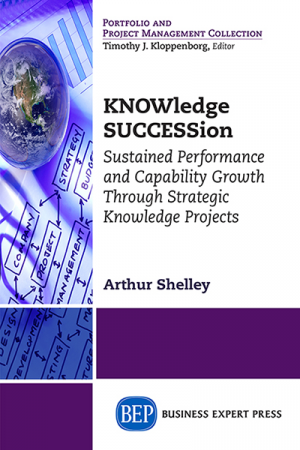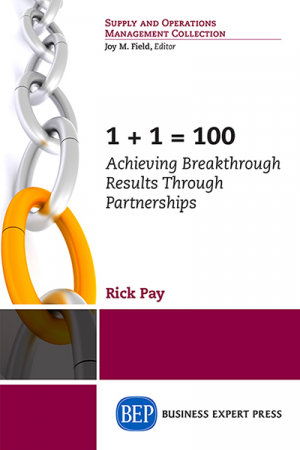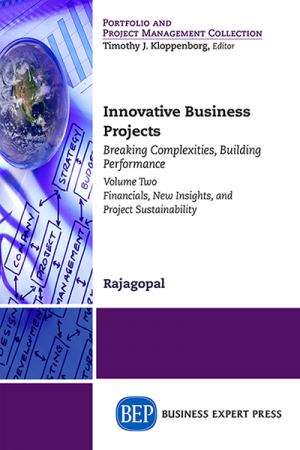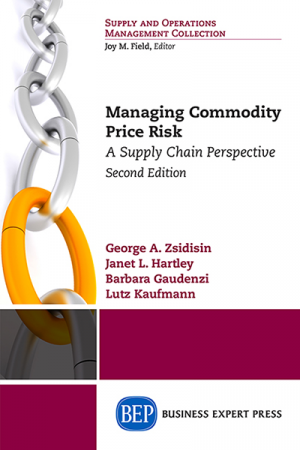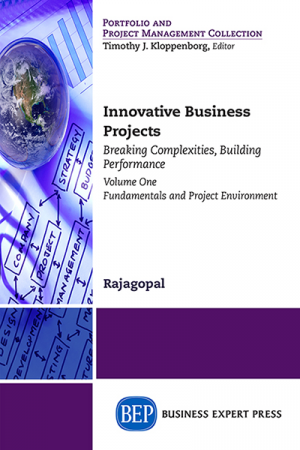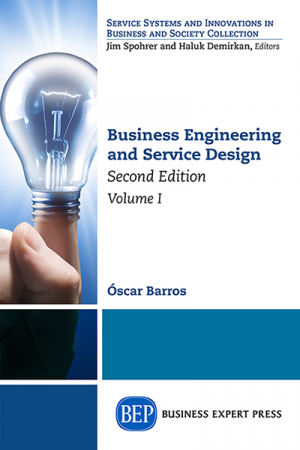Introduction to Foreign Exchange Rates, Second Edition
$21.99As managers expand their international business operations, they are confronted by the puzzling and vexing world of foreign exchange (FX) rates. This book is designed as a resource that can help managers quickly understand and navigate the FX market. The text may be used as an introductory module in a course in international finance, whether the course is oriented to international markets, international investments, or international corporate finance. The primary intended audience is an applied MBA course aimed at executives, managers, and would-be managers.
After an introduction to FX rates, the author covers the important topic FX rate valuation. It is important for managers to understand when an FX rate may be incorrectly valued, as this situation may have a bearing on corporate decisions on strategy, risk management, capital structure, and overseas investments and operations. He also discusses the mechanics of forward FX contracts and their use in managing the risk of future foreign currency cash flow and includes a case that unifies the ideas. The case company is faced with FX exposure in the revenues from a proposed new foreign customer. The decision maker applies the text material to estimate whether the FX rate is over-, under-, or correctly valued. The final decisions are whether to expand sales to the foreign market and whether to hedge the FX risk.



